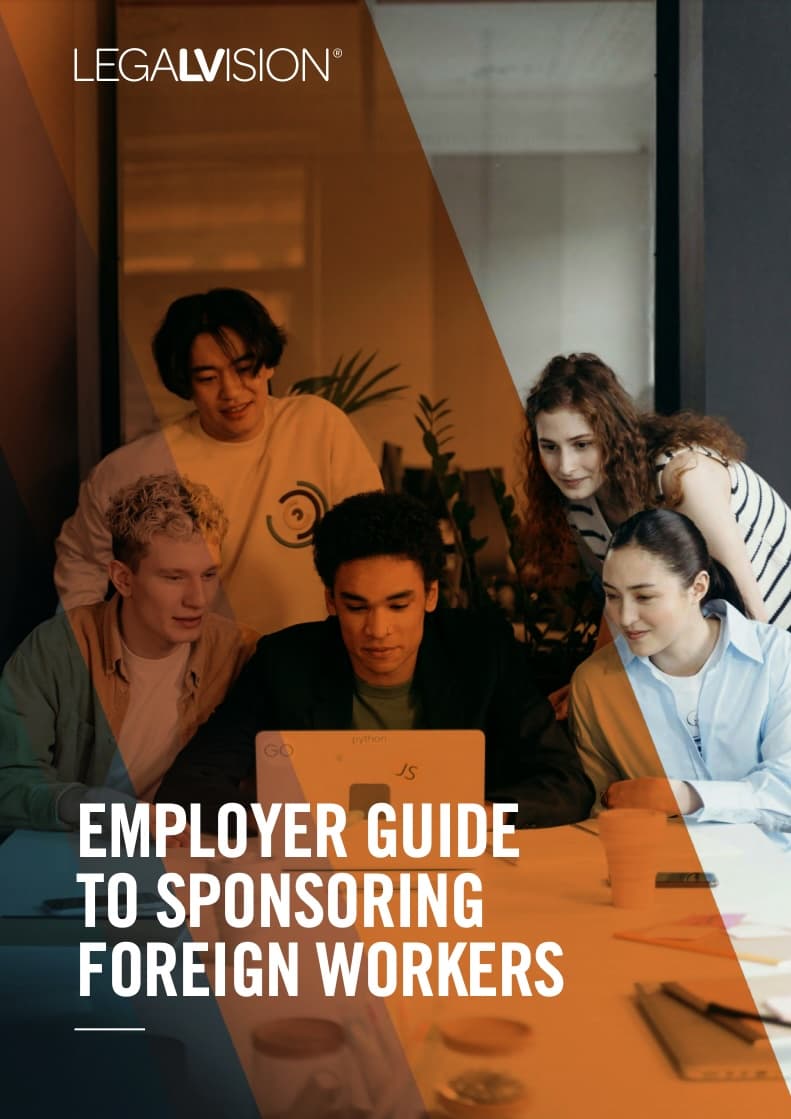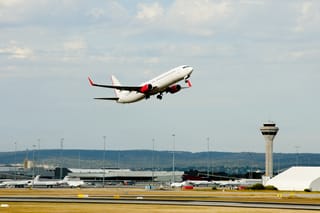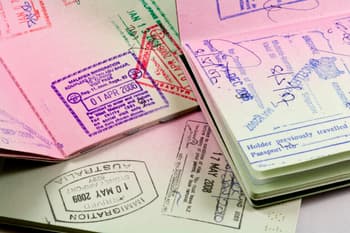Most employer-sponsored visas in Australia require the employer to nominate a position that is on a skilled occupation list. However, there are times where a labour agreement will be more appropriate for your business’ needs and objectives. A labour agreement is a contractual agreement between an employer and the Department of Home Affairs (DOHA) to sponsor skilled overseas workers to fill a position where there is no standard visa pathway available. This article will provide an overview of the labour agreements available in Australia and when they will apply to your business.
What are Labour Agreements?
A labour agreement is a special contractual arrangement that employers negotiate and enter into with the DOHA. This arrangement typically allows you to sponsor skilled overseas workers to work for a specified time and in an approved occupation.
These agreements are valid for five years and allow employers to utilise the following employer-sponsored visa programs:
- subclass 482;
- subclass 494; and
- subclass 186, which is an employer-nominated scheme.
However, you can only request a labour agreement when:
- you can demonstrate that there is a genuine labour market need for an overseas skilled worker to fill a position in Australia; and
- the usual temporary or permanent visa programs are not available.
Thus, the labour agreement addresses immediate skill needs and shortages. Therefore, as an employer, you must ensure you are providing Australian workers with the relevant skills your business needs to reduce your dependency on foreign workers in the future.
Company Specific Labour Agreements (CSLA)
A CSLA is made directly between the Australian government and your business. As the name suggests, this type of agreement is specific to your business and the DOHA. These agreements are determined on a case-by-case basis.
You may consider requesting a CSLA where:
- the occupation needed is not on the skilled occupation list;
- a genuine skill or labour shortage exists for an occupation that is not already covered by an industry labour agreement; and
- a designated area migration agreement or project agreement is not in place.
Thus, to be eligible for a CSLA, you must meet certain requirements, including that:
- you need an exceptional skill that Australian workers cannot meet;
- you are seeking to fill positions that are for skilled labour (namely ANZSCO skills 1-4), and these occupations are not available on the ordinary occupation lists;
- your intended overseas workers have the relevant qualifications and experience for the position;
- you have a plan to train and employ Australians so that you will not need a labour agreement in the future;
- the overseas workers will not form more than one-third of your total workforce;
- you are an Australian registered business that is lawful, has been operating in Australia for at least 12 months and is financially viable; and
- you have consulted with relevant industry stakeholders, such as industry bodies or unions, and provided them with specific information about the agreement.
Designated Area Migration Agreements (DAMA)
A DAMA has a two-tier framework that involves:
- a ‘head agreement’ between the Australian government and a specific region that lasts five years; and
- an individual labour agreement between the Australian government and employers for that region, based on the terms of the head agreement.
You must obtain endorsement from the Designated Area Representative first. Additionally, you must demonstrate genuine attempts to recruit Australian citizens and workers in the first instance.
There are currently 12 DAMA’s in place for certain regions.
Industry Labour Agreements (ILA)
The DOHA may consider an ILA where:
- several businesses in one industry have approached the DOHA for a labour agreement; and
- there is evidence of ongoing labour shortages and extensive consultation within that industry.
An ILA covers specific industries and provides fixed terms and conditions of the agreement (meaning they are non-negotiable). For example, there is a labour agreement that exists for the dairy industry and allows you to sponsor skilled overseas workers in the occupation of ‘senior dairy cattle farm worker.’
Project Agreements
Project agreements are intended for companies with construction or infrastructure projects that experience or foresee a genuine labour or skills shortage that will impact on projects. Accordingly, this agreement would allow you to access temporary skilled overseas workers to meet these workforce demands.
In addition, project companies with projects endorsed by the Department of Foreign Affairs and Trade under the China-Australia Investment Facilitation Arrangement can request a project agreement.
Similar to a DAMA, a two-tier system is in place where the company will need to negotiate a head deed of agreement with the DOHA, and then negotiate an ILA with DOHA.
Global Talent Employer Sponsored Agreements (GTES)
Under the GTES, you can sponsor overseas workers with cutting-edge skills for niche, highly skilled positions through the Temporary Skill Shortage visas. Overall, it aims to bring global highly-skilled and specialised individuals to Australia.
The GTES program has two streams:
- established business stream; and
- startup stream for startups operating in a tech-based or STEM field.
Accordingly, approved businesses must meet specific requirements to be considered for a GTES agreement. You must demonstrate that you cannot fill the positions by Australian workers or through existing skilled visa programs. Furthermore, you must demonstrate how this will provide opportunities for existing Australians. For example, this may be through creating new jobs or transferring skills and knowledge to Australian workers.

Sponsoring overseas workers as an Australian business is complicated. Let us simplify it for you with this free employer guide.
Key Takeaways
Labour agreements provide an alternative route to sponsoring skilled overseas workers when the standard employer-sponsored programs are unavailable or unsuitable. These are special contractual agreements entered into with the DOHA and address immediate skill needs and shortages.
There are currently five types of labour agreements available in Australia, namely:
- company-specific labour agreements;
- designated area migration agreements;
- industry labour agreements;
- project agreements; and
- global talent employer-sponsored agreements.
If you need help applying for a labour agreement to sponsor an overseas worker, our experienced immigration lawyers can assist as part of our LegalVision membership. For a low monthly fee, you will have unlimited access to lawyers to answer your questions and draft and review your documents. Call us today on 1300 544 755 or visit our membership page.
Frequently Asked Questions
A Labour Agreement is a special contractual agreement between an employer and the Department of Home Affairs (DOHA) to sponsor skilled overseas workers to fill a position where there is no standard visa pathway available. You will need to demonstrate that there is a genuine labour market need for overseas skilled workers to fill a position in Australia more immediately. An approved agreement can enable foreign workers to apply for employer-sponsored visas (specifically 482, 494 and 186) which, if granted, will apply the terms of the Labour Agreement.
The current labour agreements include:
- Company Specific Labour Agreements;
- Designated Area Migration Agreements;
- Industry Labour Agreements;
- Project Agreements; and
- Global Talent Employer Sponsored Agreements.
We appreciate your feedback – your submission has been successfully received.











